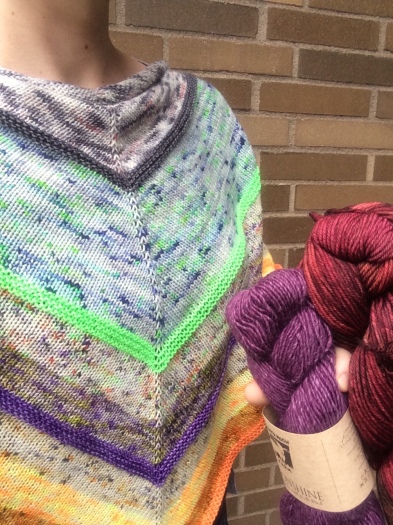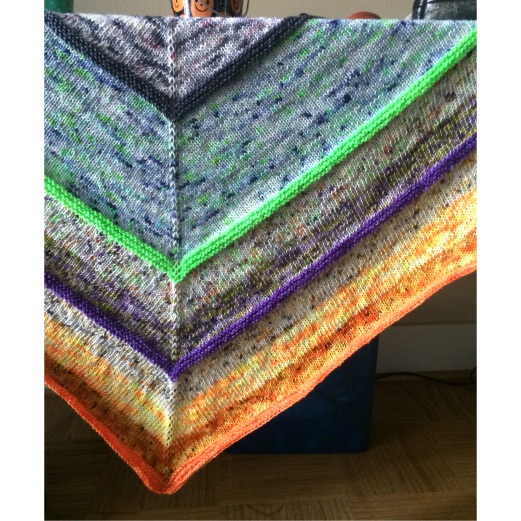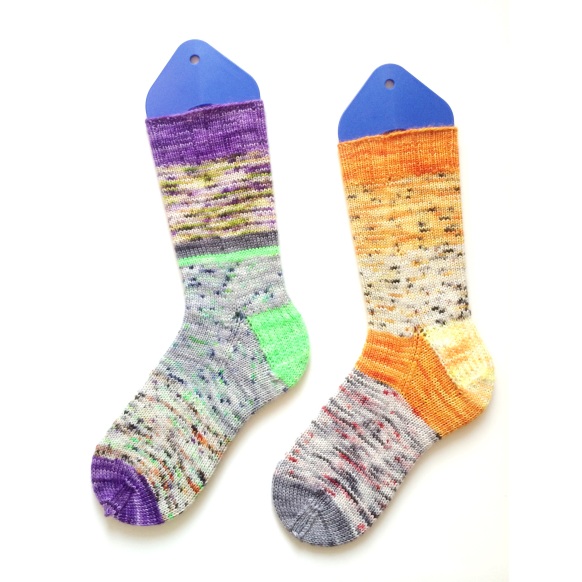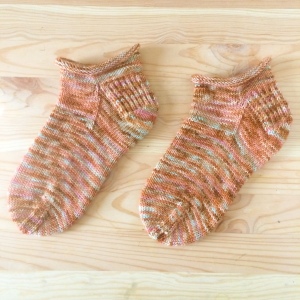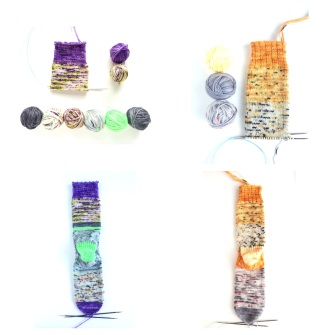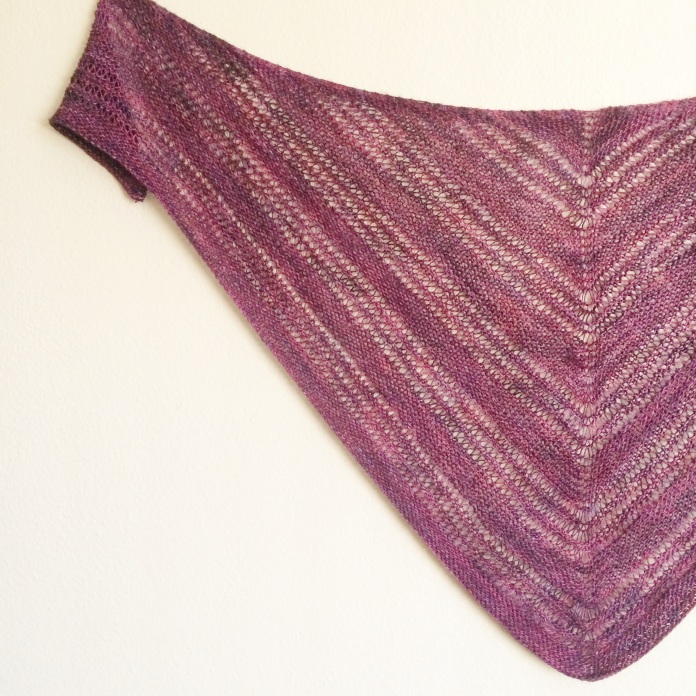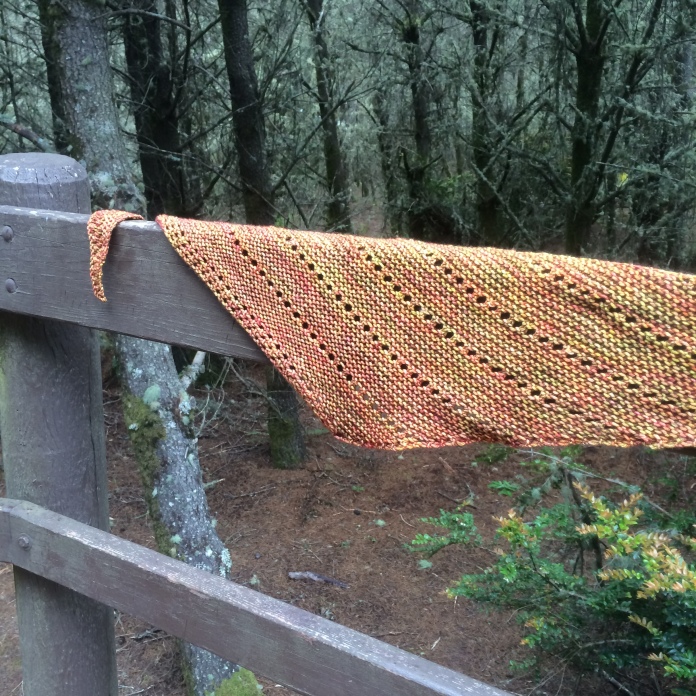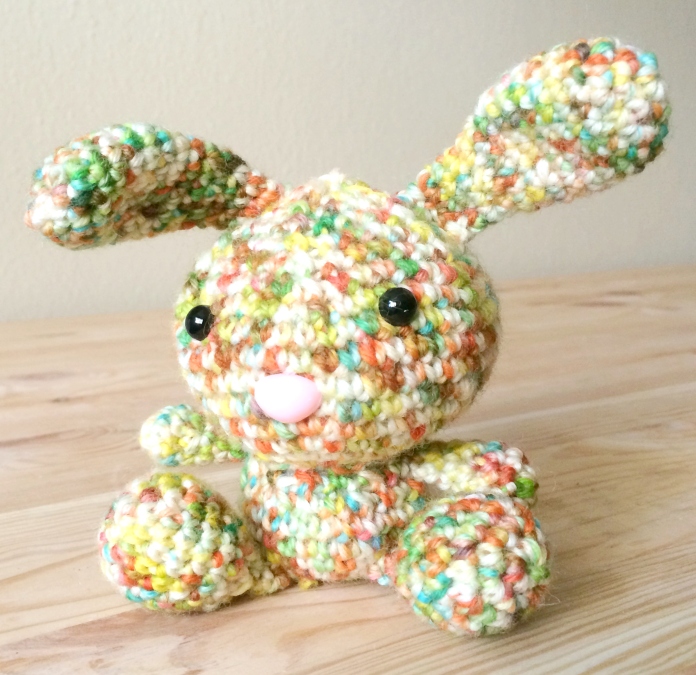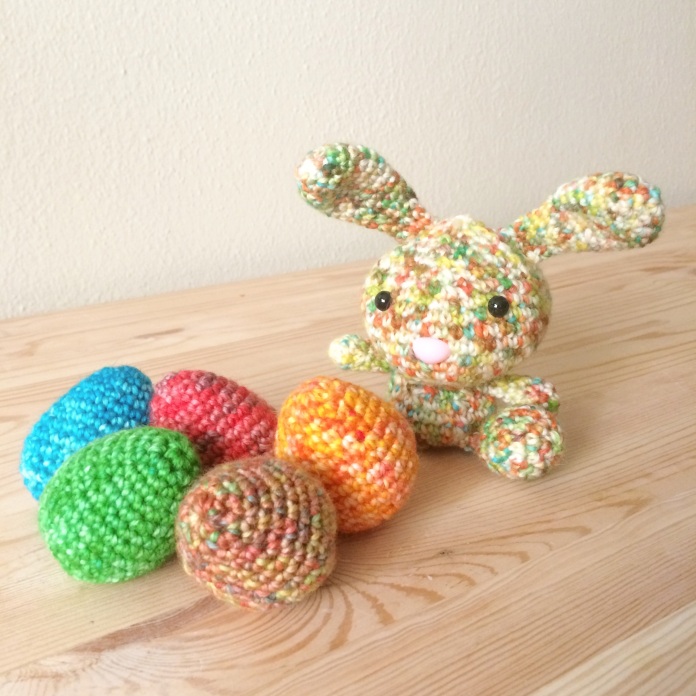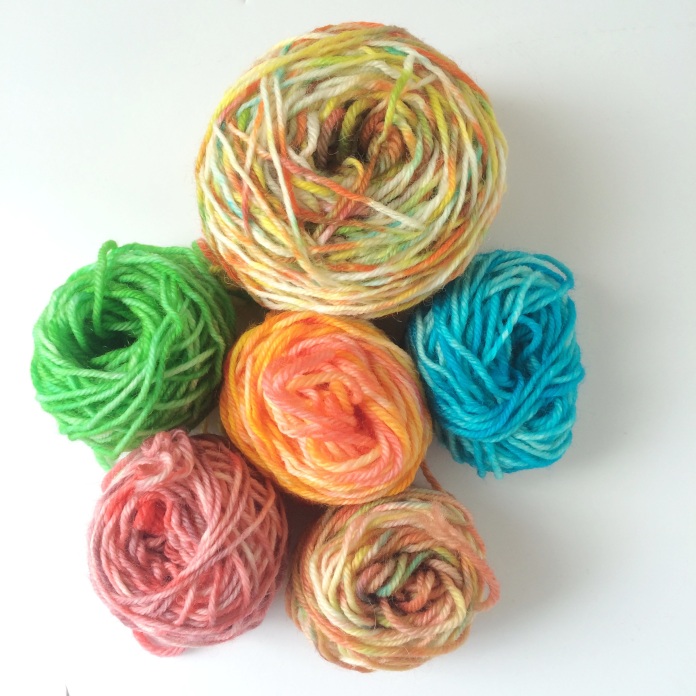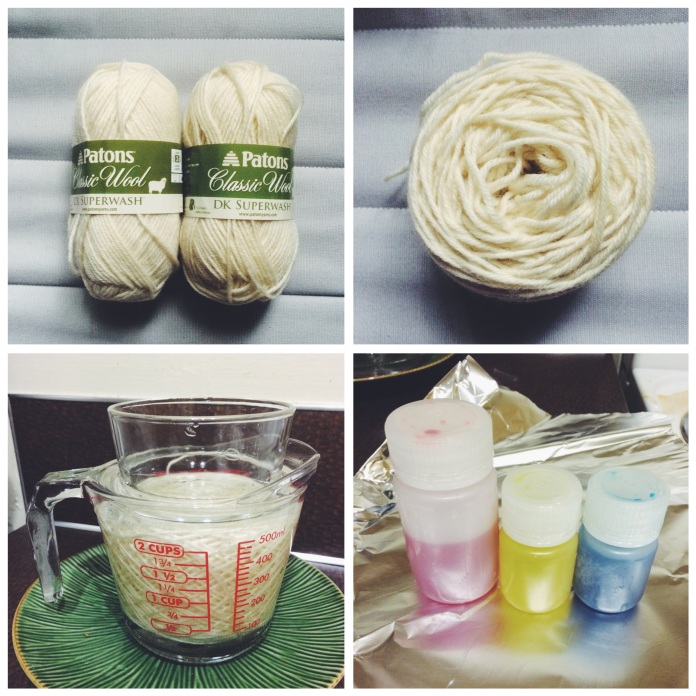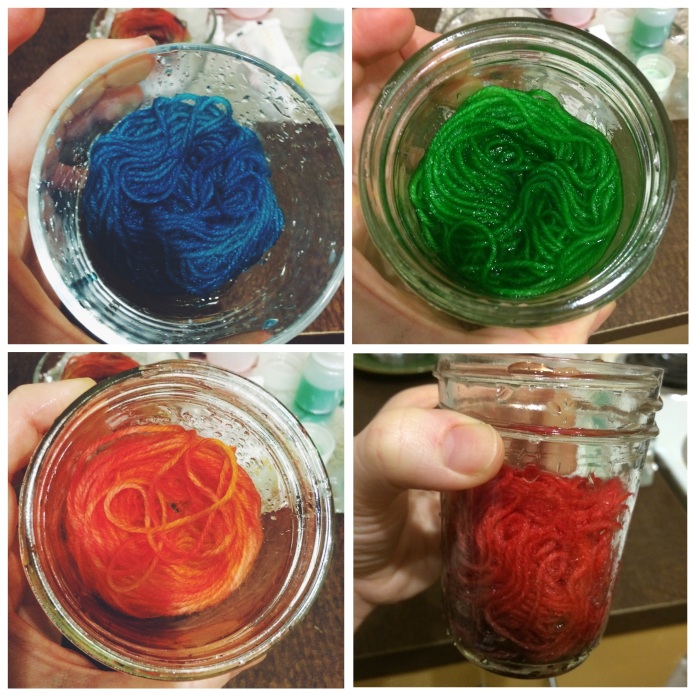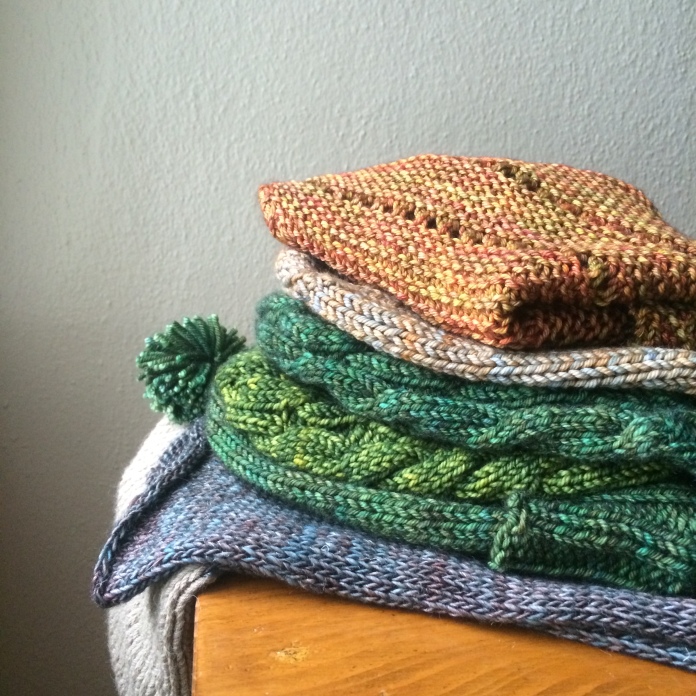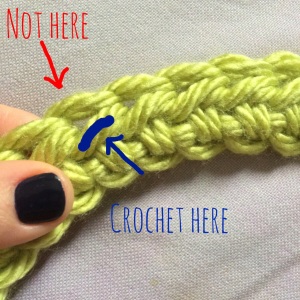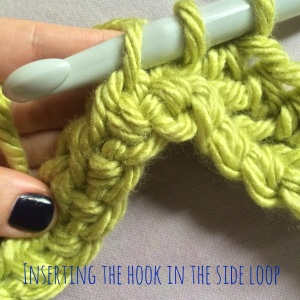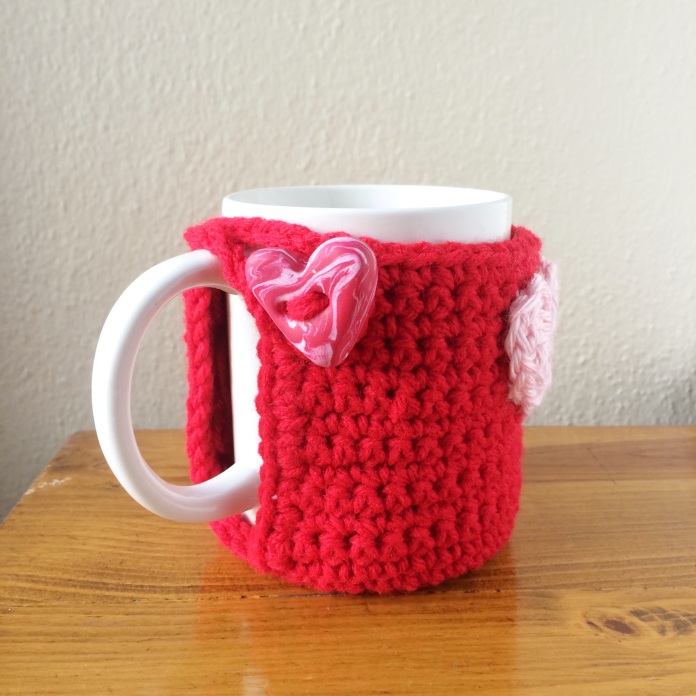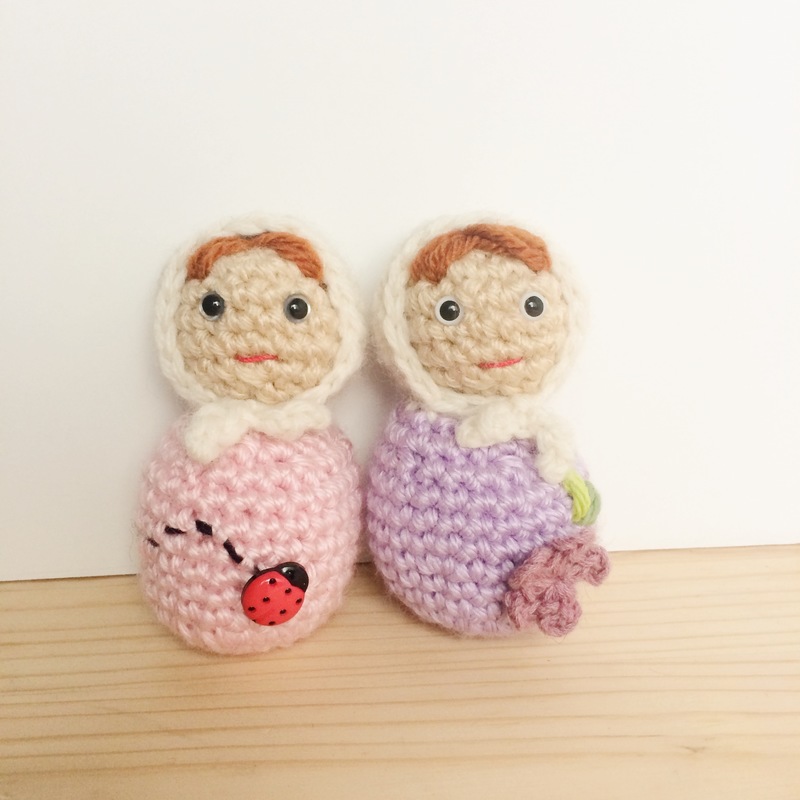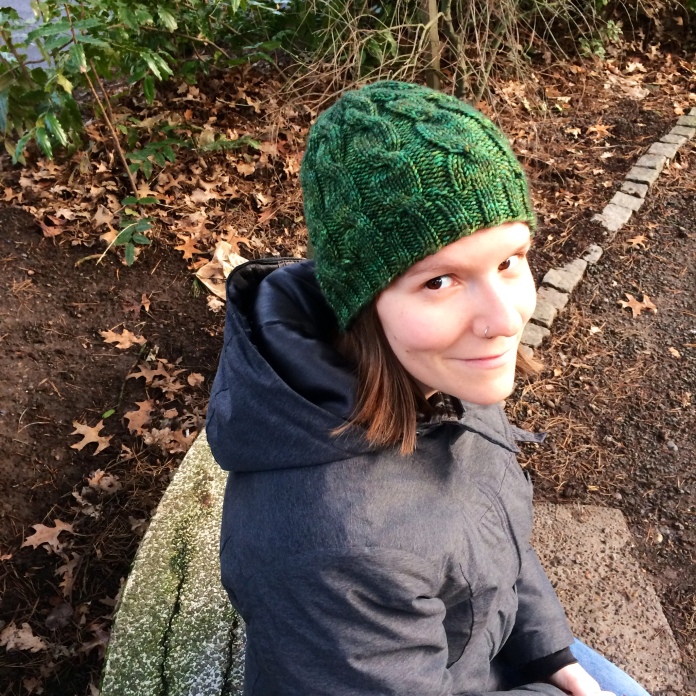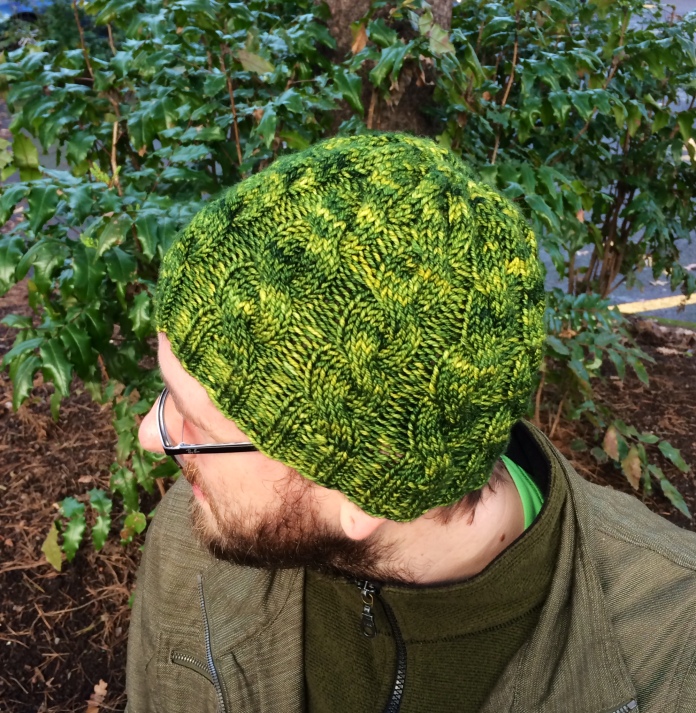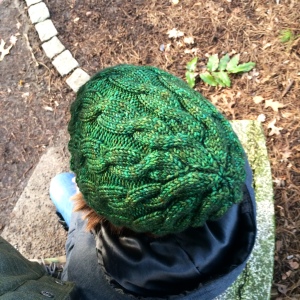
Hi there!
Long time, no see! Hopefully now that the PhD is 99% done I’ll have more time to post here. Today I wanted to talk to you about my newly found love of self-striping sock yarn. It’s no secret that I’ve been obsessed with knitting socks since I knit my first pair, but despite my love for stripes I wasn’t convinced they would work well in socks.
I finally took the plunge when my amazing friend Carol, AKA Havirland dyed her first batch of self-striping yarn. The question was how to approach the heel. There are many kinds of heels one can use in socks. I typically knit mine top-down using a heel flap. But instead of going that way, I took the opportunity to learn the afterthought heel. The result is pictured below.
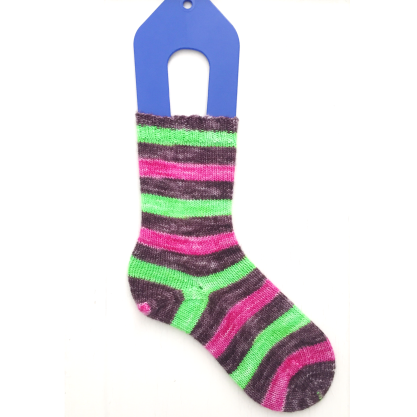
Yarn: Havirland Pax Sock “Ecto Floral” self-striping.
Pattern: top-down sock, 56 stitches in 2.25 mm needles, afterthought heel.
I like the look of this heel but unfortunately it doesn’t fit my feet as well as a traditional heel flap, so for round 2 of self-striping I chose to knit socks with a flap. I happened to have some “Lady Orange” yarn also from Havirland, so I was able to match it to the orange of one of the stripes in “Godzilla in Paris”. I get 8 stripes per color for this yarn so I knit 4 rows, switched to Lady Orange and knit the heel, gusset and decreases. I then switched back to the main color. The result is pictured below.
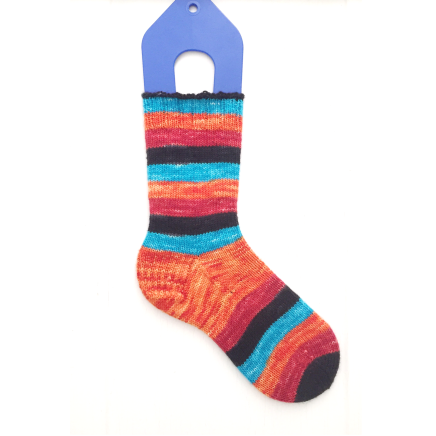
Yarn: Havirland Pax Sock “Godzilla in Paris” with a heel in “Lady Orange”.
Pattern: Top down, 56 stitches in 2.25 mm needles, coordinating heel.
I love this combo! However, it is unlikely that I’ll always have yarn to coordinate with my self striping, even considering my huge Havirland love. So I also knit a sock with a regular flap heel, knit continuously with no extra yarn whatsoever and only 2 ends to weave! The result is pictured below.

Yarn: Havirland Pax Sock Self-striping “This are not the droids you’re looking for”
Pattern: top-down, 56 stitches in 2.25 mm needles, traditional heel flap.
I hope this experiment is useful to you if you decide to take the plunge into self-striping yarn. Let me warn you, it’s addictive!
